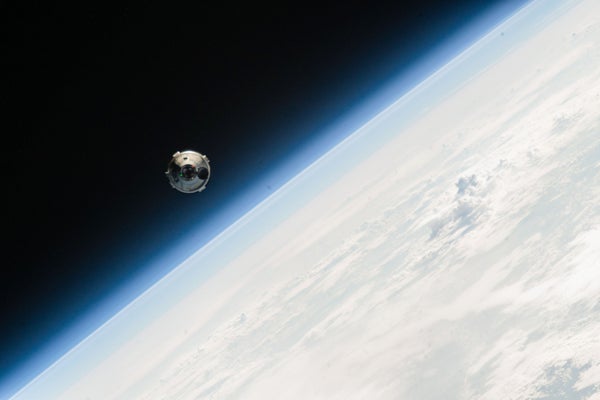- The American space agency NASA achieved a unique success
- Succeeded in converting urine and sweat into drinking water
- May be helpful for future missions to the Moon and Mars
The American space agency NASA has achieved a unique success. About 98 percent of the urine and sweat of astronauts living in the International Space Station has been successfully converted into drinking water. This could be very helpful for future missions to the Moon and Mars. This system collects the waste water and sends it to the Water Processor Assembly (WPA) which turns it into potable water.
What is the method?
A special component uses an advanced de-humidifier to capture the moisture present in the driver’s breath and sweat released into the cabin air. Another subsystem, the Urine Processor Assembly (UPA), removes water from urine using vacuum distillation. Distillation produces water and urine brine that still contains recoverable water.
Using a brine processor assembly (BPA) developed to remove this residual wastewater, the astronauts achieved a 98 percent water recovery target, up from between 93 and 94 percent previously.
“This is a very important step in the development of the life support system,” said Christopher Brown, a member of the Johnson Space Center team managing the space station’s life support system. Let’s say you collect 100 pounds of water at a station. You lose two of those pounds and the other 98 percent just hangs around. Keeping it going is a huge achievement.
What did the experts say?
BPA takes brine produced by UPA and runs it through a special membrane technology then blows hot, dry air over the brine to evaporate the water. This system creates moist air. which is collected from the station’s water conservation system, as is the breath and sweat of the crew.
The team acknowledged that the idea of drinking recycled urine may be off-putting to some people. But he emphasizes that the end result is much better than what municipal water systems produce on the ground.










:quality(85):upscale()/2024/02/22/705/n/1922794/f85072b065d76e9e21cdc5.28175672_.jpg)




